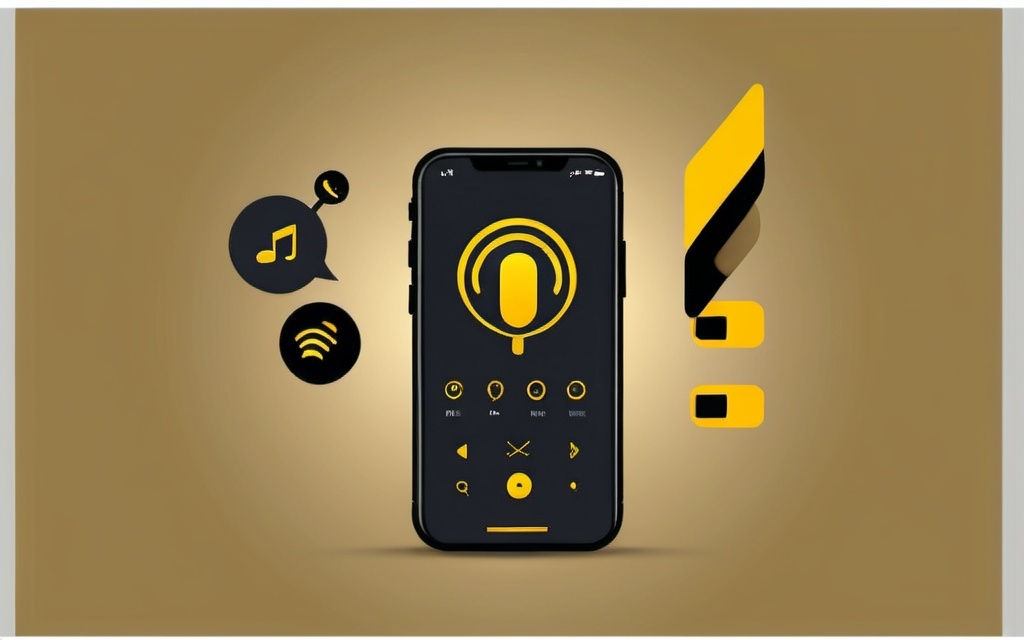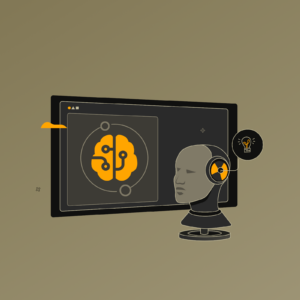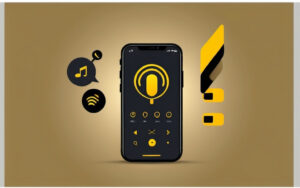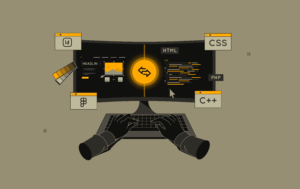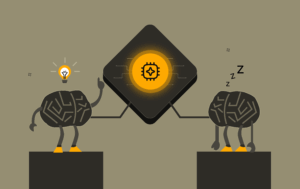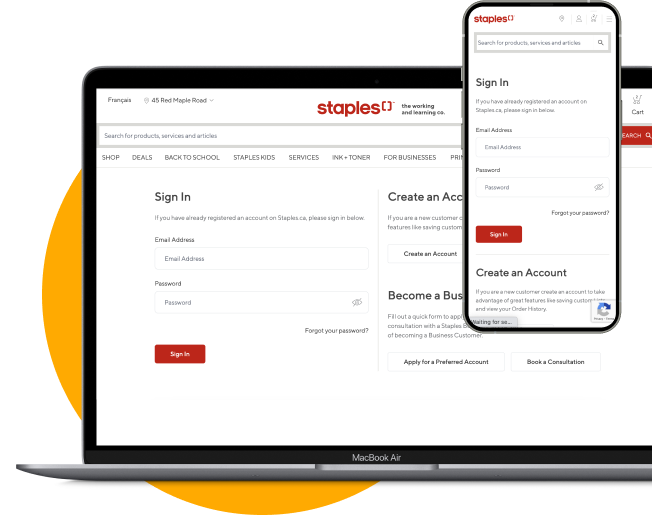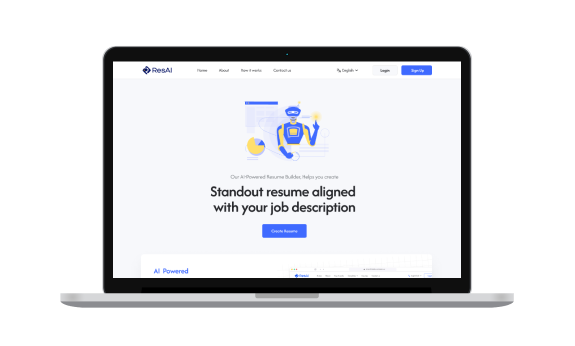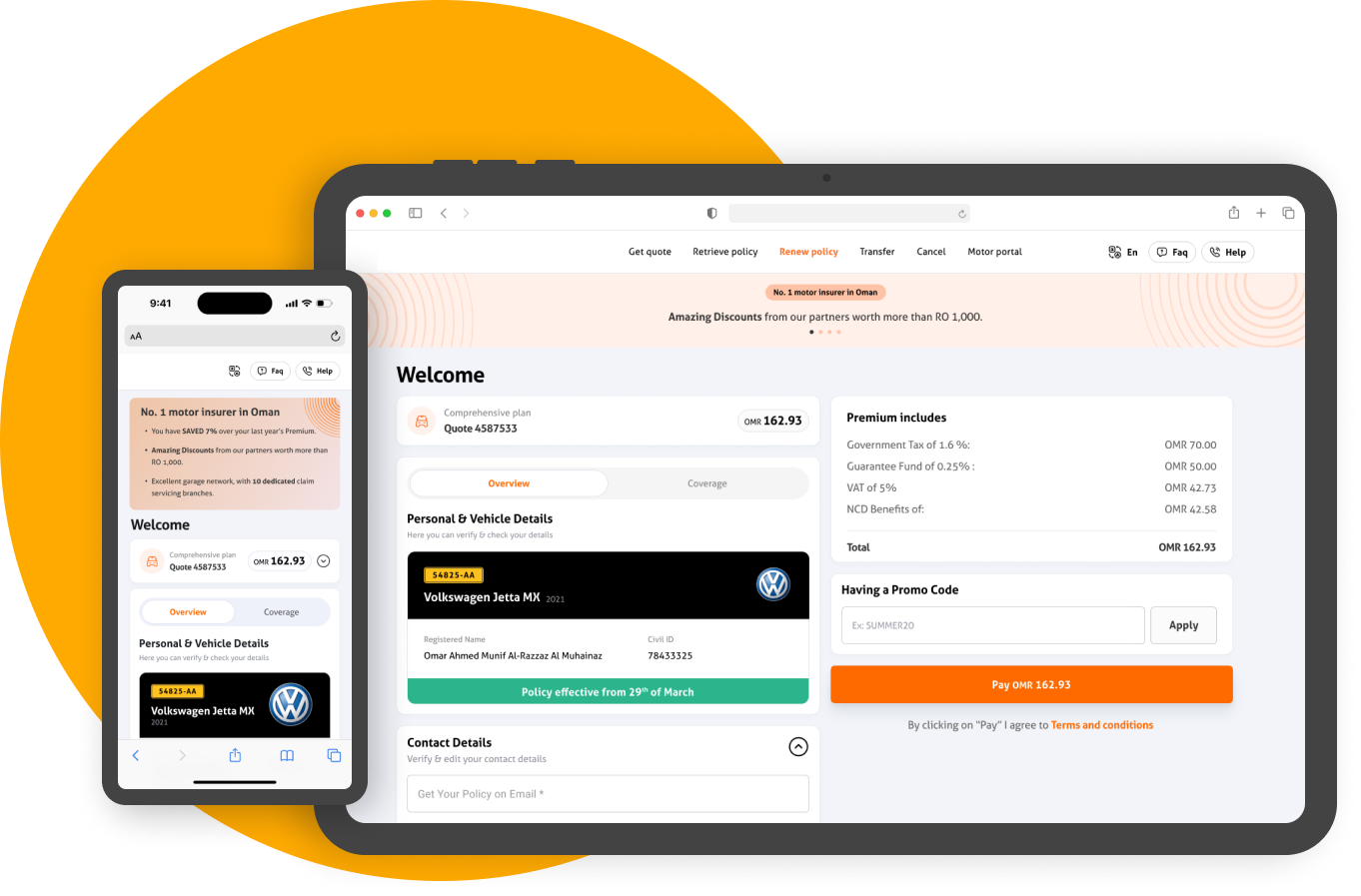Staying up-to-date with the latest trends and technologies in the ever-changing field of user experience (UX) and user interface (UI) design is crucial. The merging of Voice User Interface (VUI) and touchless interaction is one such innovation gaining significant traction. Imagine a world where technology responds seamlessly to your every command, whether spoken or gestured. This world is closer than you think.
In this blog post, we’ll explore the transformative world of VUI and touchless technology, highlight their key features, and understand why they’re not just the future but the most exciting emerging trends in UX/UI design.
The Evolution of Interaction
Traditionally, human-computer interaction relied predominantly on touch-based interfaces. However, as technology advanced, user expectations for intuitive, convenient, and engaging experiences have evolved. VUI and touchless interaction represent the culmination of these expectations.
What is a Voice User Interface (VUI)?
A VUI is a type of user interface that allows users to interact with a device or system using their voice. VUIs are becoming increasingly popular due to their hands-free convenience and efficiency compared to traditional graphical user interfaces (GUIs).
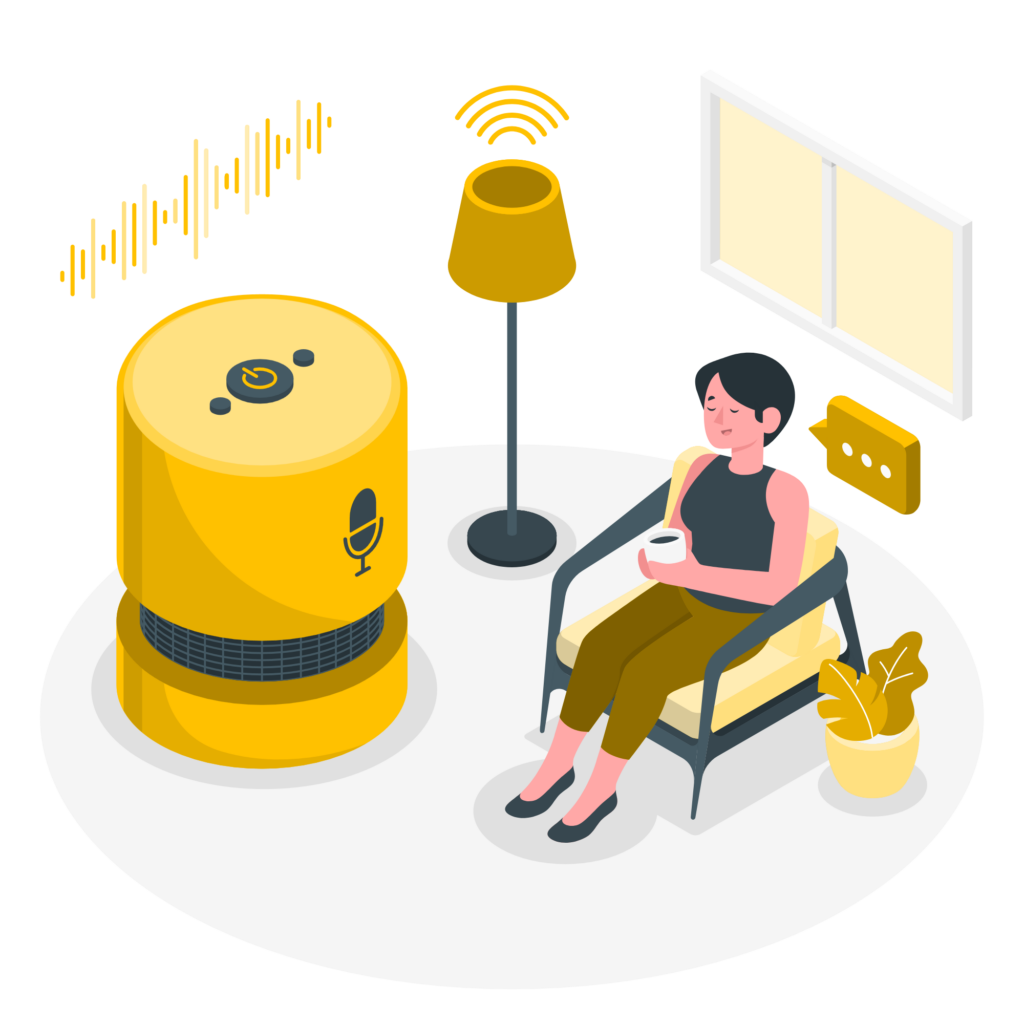
Voice User Interface (VUI)
Key Components of VUI
Natural Language Processing (NLP): VUI relies heavily on NLP to interpret spoken commands. Advanced NLP algorithms ensure more accurate and context-aware interactions.
Speech Recognition: High-quality speech recognition technology is crucial for transcribing spoken words into text and understanding user intent accurately.
Wake Words: Wake words such as “Hey Siri” or “Alexa” activate VUI devices, making them ready to receive commands.
What is Touchless Interaction?
Touchless interaction allows users to control a device or system without physical contact. This can be achieved using gesture recognition, voice recognition, and eye-tracking technologies.
Touchless Interaction by Gesture
Key Components of Touchless Interaction
Gestures and Sensors: Touchless interaction often involves gestures, proximity sensors, and motion tracking to detect user movements and gestures for navigation and interaction.
Designing Effective VUIs and Touchless Interfaces
When designing VUIs and touchless interfaces, the following factors are critical:
Natural language processing: VUIs should be able to understand natural language, which means that they should be able to understand the way that people speak.
Context awareness: VUIs should be able to understand the context of a user’s request, which means that they should be able to understand what the user is trying to achieve.
Feedback: VUIs should provide feedback to users so that they know that their request has been understood and processed.
Error handling: VUIs should be able to handle errors gracefully and should be able to provide users with the information they need to correct errors.
Accessibility: VUIs and touchless interfaces should be accessible to all users, including people with disabilities.
Why VUI and Touchless Interaction Matter
Convenience: Users can now perform tasks effortlessly by speaking commands or making gestures, eliminating the need to navigate complex menus or use physical input devices.
Hygiene and Safety: The post-pandemic world places a premium on touchless interactions to reduce physical contact with shared surfaces, contributing to improved hygiene and safety.
Multimodal Experience: Combining voice and touchless input with traditional interfaces enables a more dynamic, engaging, and immersive user experience.
Where can we implement VUI and touchless interaction?
VUI and touchless interaction have a wide range of applications.
Home Automation: Voice-activated assistants powered by VUI enable you to operate items such as lights and thermostats using voice commands.
Turning on lights through voice-activated assistance
Automotive Industry: Voice-activated infotainment and navigation systems improve driver safety by enabling them to keep their hands on the wheel and eyes on the road.
Voice-enabled navigation system
HealthCare Industry: Touchless interfaces can be used to reduce the risk of cross-contamination. Doctors and nurses can use voice commands to access patient information and control medical equipment.
Scan medical personnel when they enter the institution
Retail and Hospitality: Touchless payment systems and self-service kiosks offer a smooth and hygienic customer experience.
Checking the food menu in restaurants through QR code
The Future of VUIs and Touchless Interaction
As technology advances, the need for VUI and touchless interaction in UX/UI design is expected to skyrocket. The following are some of the anticipated trends and advances in this field:
Improved Accuracy: As speech recognition and NLP algorithms develop, there will be fewer mistakes and more user satisfaction.
AI Integration: To deliver more personalized, context-aware, and predictive interactions, VUI will be easily integrated with artificial intelligence.
Cross-Platform Integration: VUIs and touchless interfaces will be intended to function smoothly across a wide range of devices and platforms, from smartphones and tablets to smart home appliances.
Conclusion
Voice User Interfaces and touchless interaction are not passing trends; they are the future of UX/UI design. Their ability to enhance accessibility, convenience, and hygiene while providing immersive experiences makes them essential components of modern technology. Designers and developers who embrace these technologies and prioritize user-centered design will lead the way in creating innovative and intuitive digital experiences. As the world continues to evolve, VUI and touchless interaction will define how we engage with technology, shaping a more accessible and dynamic digital landscape.
